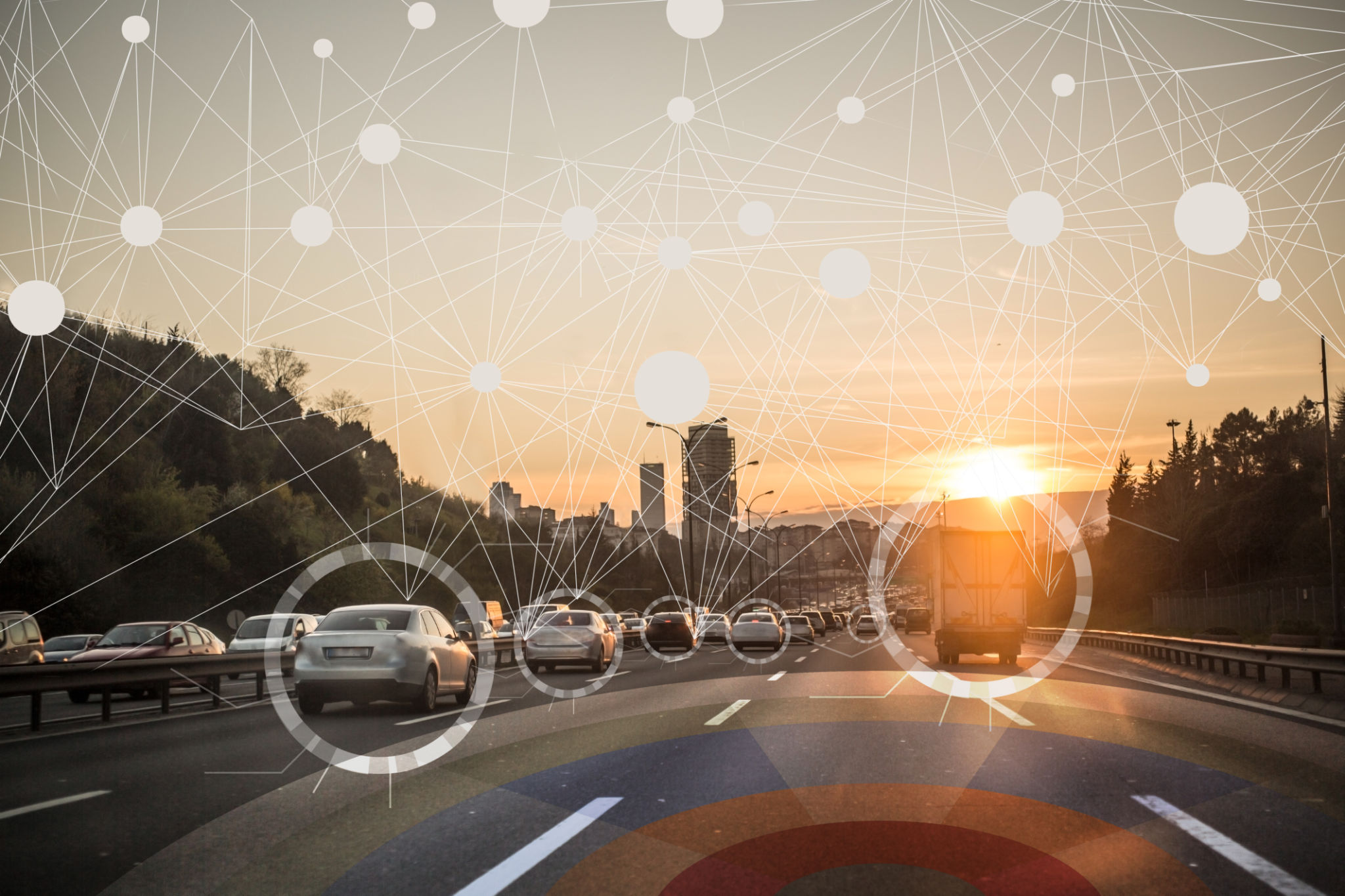Common Misconceptions About Virtual Sensors in Industrial Applications
JM
Understanding Virtual Sensors
Virtual sensors have become an integral part of modern industrial applications, yet they are often misunderstood. These digital tools are designed to estimate or predict physical quantities by using mathematical models and algorithms instead of direct measurement. Their efficiency and cost-effectiveness make them appealing, but misconceptions about their capabilities and limitations persist.

Misconception 1: Virtual Sensors Can Replace All Physical Sensors
A common misunderstanding is that virtual sensors can completely replace physical sensors in all scenarios. While they offer significant advantages, such as reducing costs and maintenance needs, they are not a universal substitute. Physical sensors are essential for acquiring primary data used by virtual sensors to make accurate predictions. In many cases, a hybrid approach that combines both types of sensors is the most effective solution.
Misconception 2: Virtual Sensors Are Infallible
Another misconception is that virtual sensors provide perfect accuracy. Although they are designed to be precise, their accuracy is dependent on the quality of the data and models used. Poor calibration, outdated algorithms, or insufficient data can lead to errors. Therefore, continuous validation and updates are necessary to maintain their reliability. It's crucial to understand that virtual sensors complement rather than replace human expertise.

Misconception 3: Virtual Sensors Are Cost-Prohibitive
Some believe that implementing virtual sensor technology is excessively expensive. However, the initial investment can lead to long-term savings by minimizing the need for physical sensor maintenance and reducing downtime through predictive maintenance. Moreover, cloud-based solutions have made this technology more accessible, allowing even small to medium-sized enterprises to benefit from its capabilities.
Misconception 4: Virtual Sensors Are Only for High-Tech Industries
It's a common belief that only high-tech industries can benefit from virtual sensors. In reality, any industry that relies on data-driven decision-making can enhance its operations with this technology. From agriculture to manufacturing, virtual sensors provide valuable insights and efficiencies across diverse sectors. Their adaptability makes them suitable for various applications, regardless of industry complexity.

The Future of Virtual Sensors
As technology advances, virtual sensors will become even more sophisticated and prevalent in industrial applications. The development of artificial intelligence and machine learning techniques will further enhance their predictive capabilities and accuracy. Companies willing to embrace these technologies will likely gain a competitive edge by optimizing their processes and reducing operational costs.
In conclusion, while virtual sensors offer remarkable potential, it is essential to understand their limitations and integrate them wisely into existing systems. By dispelling these misconceptions, industries can better leverage the benefits of virtual sensors, leading to more efficient and innovative operations. Embracing a balanced approach that combines both physical and virtual sensors will ultimately lead to the most successful outcomes.
